CASE STUDIES
Firstly, break a piece of a model you are working on into its defining parts, using photographs, anatomy diagrams or your own dog for references. In the case of a nose, those are:
- The alar fold
- The external nares
- The philtrum and the wings of the nostrils
Pay attention to thin cavities that they form along the sides of the nose.
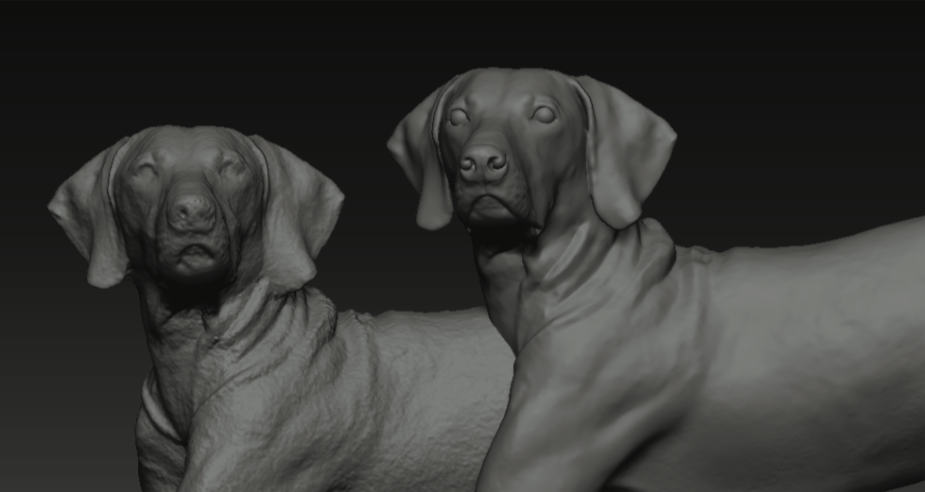
Secondly, start to model/bring out the important parts, turning a texture “on/off” when needed.
The texture helps greatly to locate the anatomy parts; that is the reason why it is advisable to keep the original uv at the beginning of a modelling process.
An interesting technique for making several similar cavities is to mask the areas, invent the mask, go to the deformation panel and use the inflate slider with the ‘-’ value.
Ears
The defining parts: it is believed that there are no two similar pairs of ears among humans; in the case of canines this part of anatomy can differ more visibly based on a breed.
Therefore, it is better to check the anatomy of the exact breed you are modelling before the actual process begins.
Moreover, pay attention that dog ears are more flexible than human ones and can move into different positions, thusly alerting the shape.
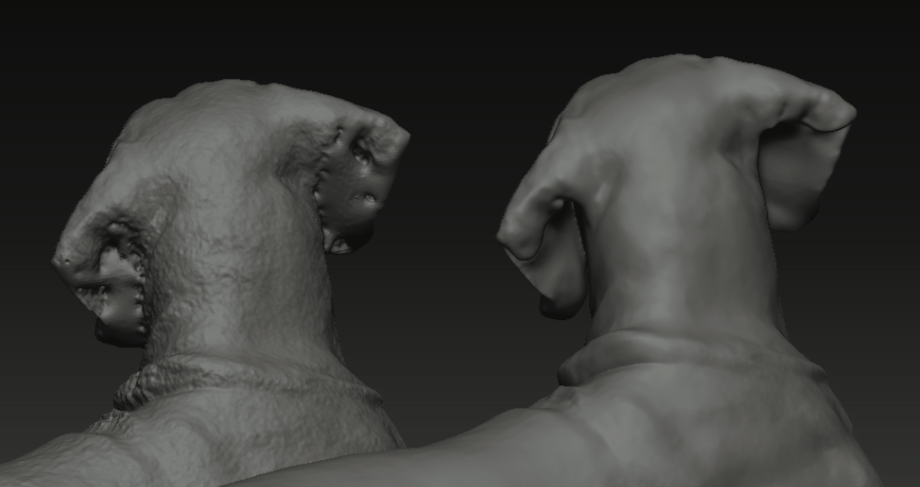
The interesting techniques: check Prevent gluing section.
Paws and Legs
The defining parts: the folds between “the fingers”, claws (especially, dewclaws), the carpal pad, the metacarpal pad.
Pay attention that forelegs and hindlegs have different structure.
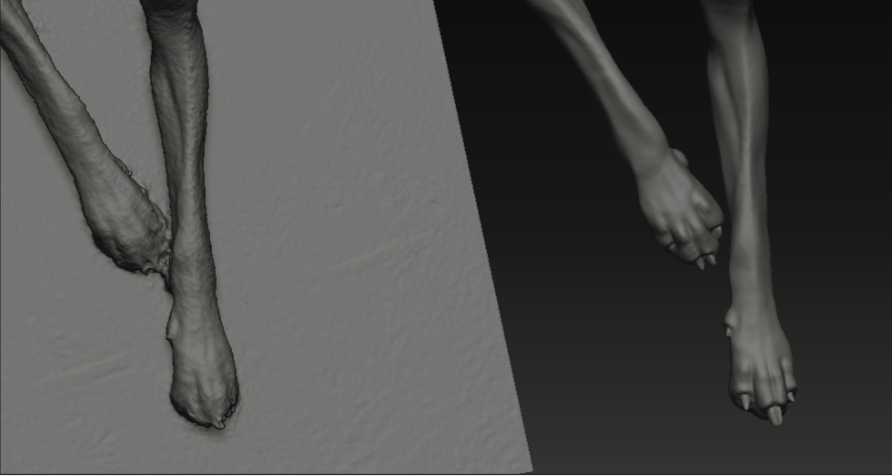
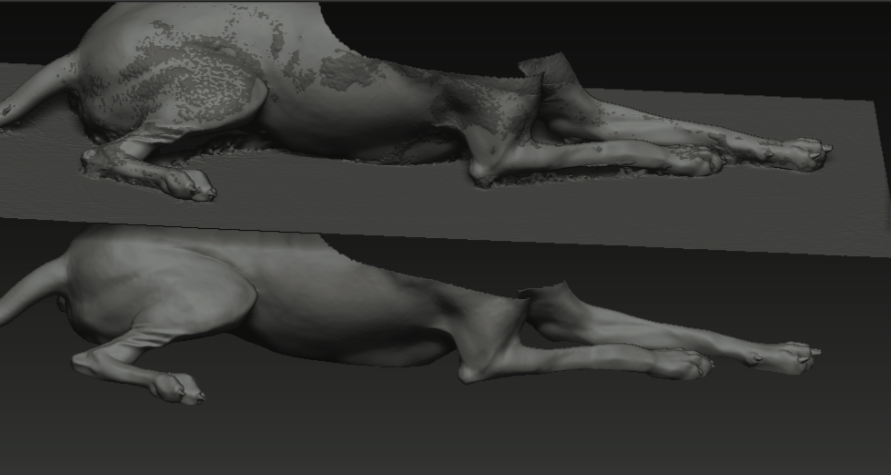
The interesting techniques: the most helpful brushes at this point are:
- Dam_standart
- CayTubes
- Polish
- Smooth.
Mutt
The defining parts:
- The eyes
- The tear duct
- The way
- The upper and lower lids cover the eyeball.
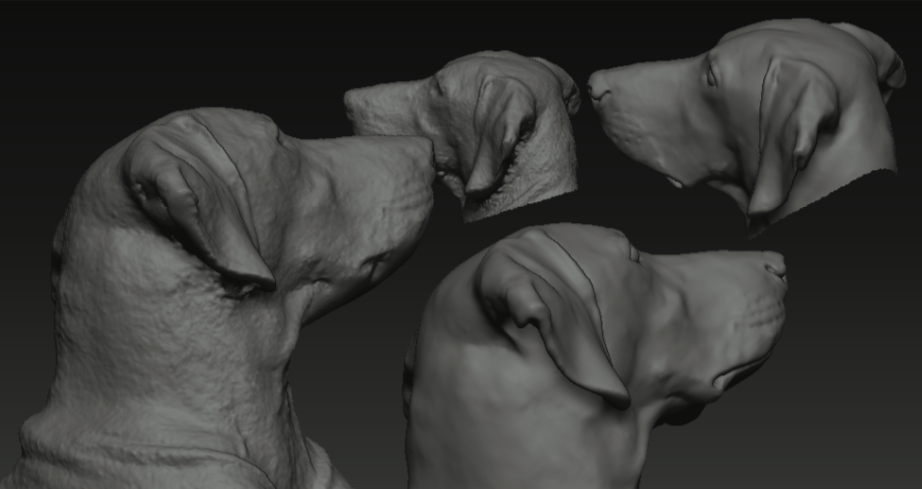
The interesting techniques: in order to make a perfect eyeball, make cavities for both eyesockets and, during ‘Dynamesh’ phase, insert two spheres there, using insertSphere brush.
Last, but not the least
Study references from real life, not only photographs of a model, you have been provided for. I would have never comprehended the structure of a dog’s nose, if I have not accidentally glanced at my own dog and noticed the nose ‘in action’.
Good luck and have fun!
Part 1: Tips and Tricks for Cleaning Up a Photogrammetry Mesh
Maya G. 2018
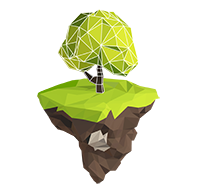

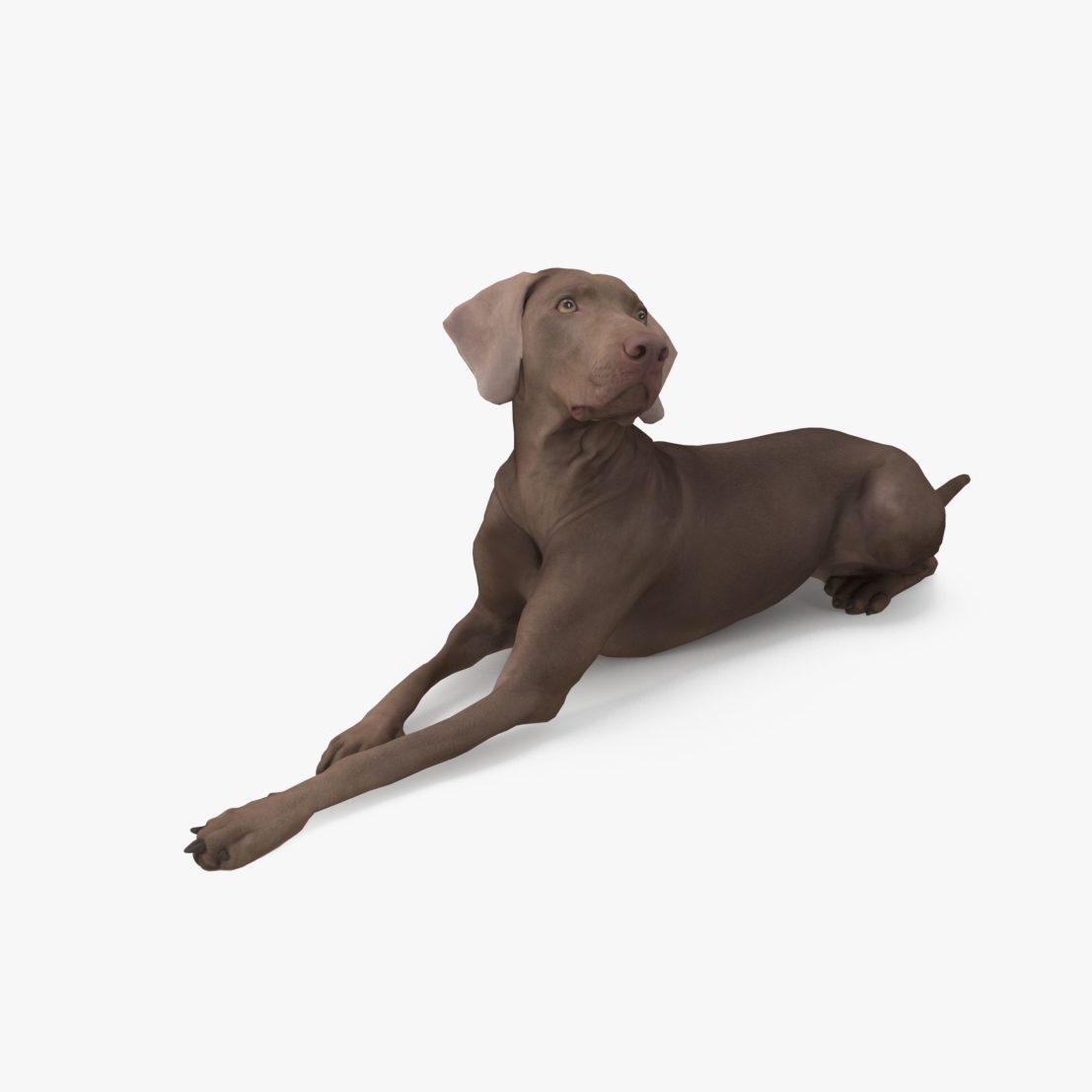
Thanks, it is a really good tutorial.
Thanks!